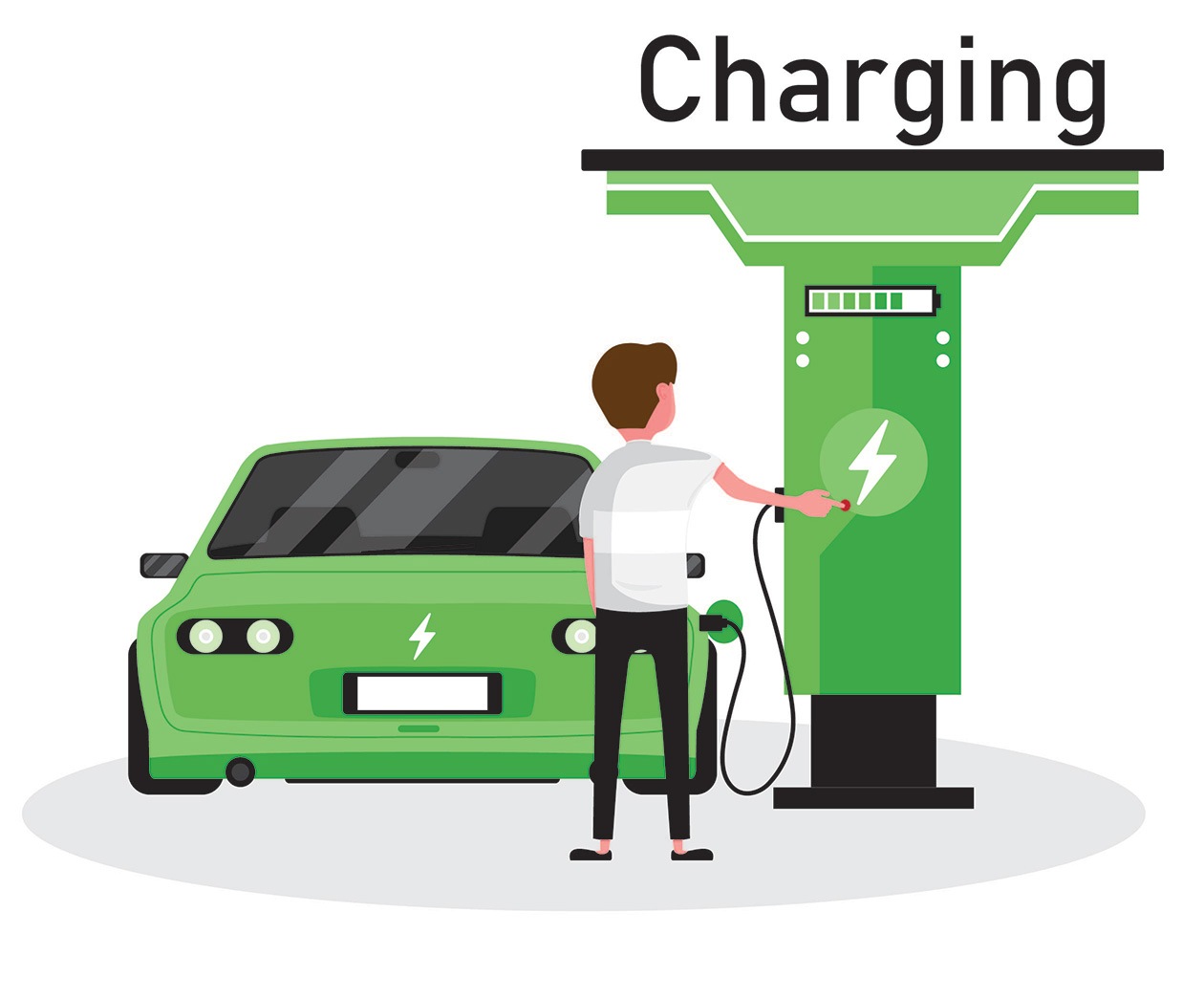Tips for a Stress-Free EV Road Trip
Whether it is across the province or across the continent, road tripping in your electric vehicle comes with some unique challenges. However, with some extra planning and tools you will be fine! Here are some helpful tips to get you started on the right track!
1) Charging
Obviously, you’ll have to charge at least once on your longer journeys, which means downtime. Exactly how much depends on a whole host of factors, but the biggest is the charging station. Fast chargers are your best friend on this journey and planning your trip around these stops is paramount.!
When you’re rapidly charging, you’ll want to keep in mind that charging to 100% is not always the most time efficient. Charing to around 80% will be the quickest turnaround time for max driving distance. The last 15%-20% can add a significant amount of time to your pit stop and yield minimal mileage.
2) Know your next stop
Driving out into the great beyond is appealing to some folk, but not if you’re in an EV. Plan your route ahead of time with known charging stops on the way. This can help you find chargers that might even have activities or conveniences, such as chargers at a grocery store, where you can get some shopping done, while your EV charges up. Bing, bang, boom you just killed 2 two birds with one stone
3) Check Ahead
Just because your car says there is a charger somewhere does not mean it is available or functional. There are some great apps that can supplement your information about charging locations. Some of the best for Canada are PlugShare, ChargeHub, ChargePoint, and Google Maps. They can also give you helpful information about predicted charging times which can help you plan your timing more accurately.


4) Speed Kills... Your battery
As with any vehicle, there are optimum speeds that will maximize your range. You will want to have a steady foot on the throttle. Going too fast is a quick way to reduce range and requires more stops to get to your destination. While cruising, you’ll want to keep it close to normal highway speeds. Unlike gas or diesel vehicles there isn’t a cruising speed that runs your motor more efficiently. Faster=less! Since Iit is a linear power draw, the faster you go, the more power you pull from the battery, and the sooner you you’ll need to recharge. Check the weather too. A strong headwind will affect your range just like it affects an internal combustion engine’s (ICE) fuel economy.
5) Rural Stretches
Even though charging stations are popping up everywhere, you still may end up crossing some more remote areas. For these stretches you will need to do extra planning. Packing a decent sized longer extension cord for situations like this is a good idea, 4+ meters ideal. This allows you to run a cord out a window to your vehicle if necessary. Hotels might not be jazzed about that idea so finding a rental home, a friend's house, a B&B, or even some camp sites are good options. In fact, RV-capable campsites have 220v plugins for you to use. If your charger comes with an adapter this can help speed up your charge times compared to a normal 110v outlet.
6) Elevation Changes
With many longer trips you’ll often cross over mountain ranges or hills. This can drain your battery quicker than normal, which can be alarming. This can be a problem if the mountain range is big enough to force you uphill for extended periods. If that’s the case, plan a mid-ascent charge into your journey to combat this. It has to be a pretty extreme climb to be noticeable, but it’s worth planning ahead. On the positive side, while traveling down the other side, you’ll regain a fair amount of lost power through the regenerative braking. 7) Dress Accordingly
Climate control is a key factor when thinking about battery life. Running the air conditioning or heater will rob your battery of precious kilometers of travel. Be sure to wear the correct clothing to stay comfortable with less climate control. If it is going to be a chilly day out, consider a larger jacket and thick socks to stay comfortable with a lower heat setting. Same goes for hot days, dress in something light that will not have you cranking the AC to max if you can help it. Of course, you cannot control the weather so having a couple of layers can help adjust to the regional climates you are driving through.
These are some ways to get you started on your next road trip. Ultimately though, a road trip in an EV is all about planning. Know where you are going, where you will stop, and what your vehicle is capable of.
